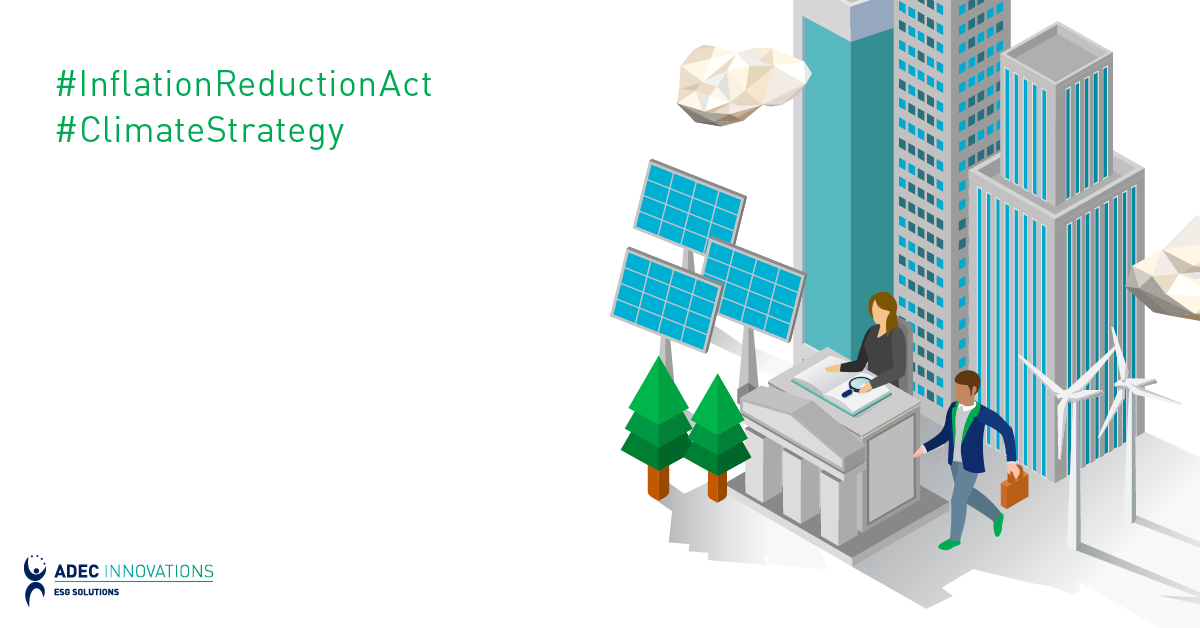 Governments and companies have the same objective in mind when it comes to energy efficiency. Create policies, projects and measures all designed to mitigate climate change, save the environment and reduce energy consumption and costs. The main difference is in their execution. Companies implement their energy efficiency plans within their operations while governments can either do it within city limits or go beyond state boundaries. They then turn a policy or project into a nationwide endeavor, or even an international one. The key is finding the right kind of energy management program that would best suit your needs to better attain the objective.
Governments and companies have the same objective in mind when it comes to energy efficiency. Create policies, projects and measures all designed to mitigate climate change, save the environment and reduce energy consumption and costs. The main difference is in their execution. Companies implement their energy efficiency plans within their operations while governments can either do it within city limits or go beyond state boundaries. They then turn a policy or project into a nationwide endeavor, or even an international one. The key is finding the right kind of energy management program that would best suit your needs to better attain the objective.
Growth is inevitable as companies and governments make room for energy efficient products and technology. In a previous blog, FirstCarbon Solutions (FCS) wrote about the role that building energy management systems (BEMS) has on the overall objective of saving on costs. In the same Navigant research, the demands for BEMS will more than double and its market will reach nearly $5.6 billion in 2020.
The products, services and related technologies that make up the global energy efficiency market are what, essentially, makes the end consumer use less energy. There are other factors affecting this market in a positive way that businesses and governments alike should look to investigate. Such factors include stricter regulations and more stringent energy efficiency requirements around the world. Here in the United States, for instance, President Obama has challenged Americans to reduce by 50% the energy wastage in homes and in offices within the next 20 years. The same is being felt across the pond in the United Kingdom where the average household is wasting an average of £250 per annum because of low energy efficiency.
 Engaging the public to act, to move is the best way to achieve massive savings and mileage in terms of public relations. Employees are constituents. This is killing 2 birds with one stone, as they say. This is exactly what the U.S.Environmental Protection Agency (EPA) did. They launched the Energy Star Battle of the Buildings in order to encourage the construction of energy efficient buildings which in effect, will secure enormous cost savings.
Engaging the public to act, to move is the best way to achieve massive savings and mileage in terms of public relations. Employees are constituents. This is killing 2 birds with one stone, as they say. This is exactly what the U.S.Environmental Protection Agency (EPA) did. They launched the Energy Star Battle of the Buildings in order to encourage the construction of energy efficient buildings which in effect, will secure enormous cost savings.
In due course, the money saved from reduced energy consumption may be brought back into the company or government coffers. As these cost savings make their way back into companies or governments, these organizations will be empowered to implement bigger and better strategies and projects that will ultimately reach the end-goal: saving the environment by saving on energy.
FirstCarbon Solutions (FCS) can give recommendations on innovative solutions that are apt for companies and governments alike to surmount environmental challenges while achieving their energy goals, offering an array of energy management services. Click on the button below for a free consultation.





